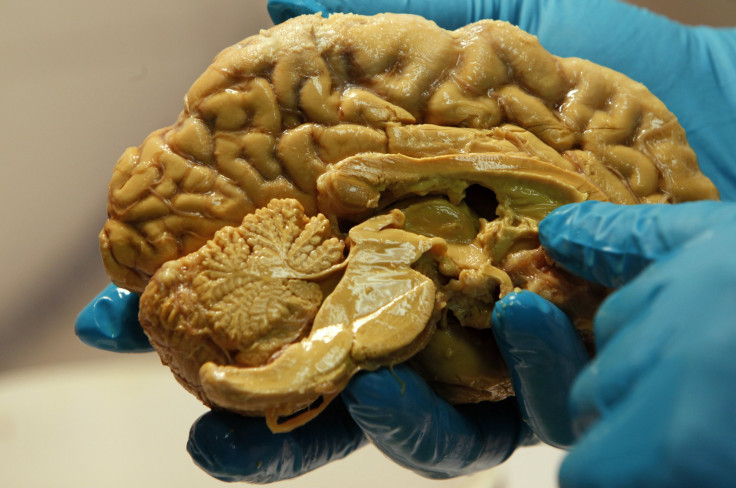Schizophrenia Treatment: Breakthrough Discovery Of Regulator Gene Could Help Treat Disorder

Second generation antipsychotics that present a lower risk of serious neurological side effects remain a cornerstone in schizophrenia treatment worldwide. These expensive drugs are thought to control schizophrenia symptoms by affecting dopamine, one of the human brain’s vital neurotransmitters.
Dopamine carries information between neurons or brain cells. It helps regulate movement, attention, learning and emotional responses. It also enables people to see rewards and to take action towards those rewards.
The current goal of schizophrenia treatment with antipsychotic medications is to effectively manage signs and symptoms of this incredibly complex illness at the lowest possible dose.
With this in mind, news of the discovery of a gene that acts as a master regulator of this highly complex neuropsychiatric disorder during early human brain development is welcome news since it opens new avenues to schizophrenia treatment. Researchers involved in the discovery of this regulator gene believe their findings could be the foundation for future treatments of schizophrenia.
In a study published this week in the peer-reviewed multidisciplinary open-access scientific journal, Science Advances, a research team used computational tools to investigate gene transcription networks in large collections of brain tissues.
They decided on this computational systems biology approach to discern a disease-relevant core pathway in schizophrenia. They also sought to discover a master regulator in that pathway that affects hundreds of downstream genes.
The research team identified the gene “TCF4” as a master regulator for schizophrenia by applying an algorithm developed at Columbia University to reconstruct gene transcription networks.
Previous genome-wide association studies suggested TCF4 is a locus for schizophrenia risk but little was known about the gene's functional effects. The research team investigated those effects by decreasing or knocking down the gene's expression in neural progenitor cells and glutamatergic neurons derived from induced pluripotent stem cells.
"Because hundreds, or even thousands, of genes may contribute to the risk of schizophrenia, it is crucial to understand which are the most important ones, orchestrating core networks in the disease," Kai Wang, PhD, study leader from the Department of Pathology and Laboratory Medicine and the Raymond G. Perelman Center for Cellular and Molecular Therapeutics (CCMT) at Children's Hospital of Philadelphia (CHOP), said.
"Pinpointing master regulators may help guide us toward priority targets for novel treatments in the future."
The current study sets the stage for further investigations. One promising direction is to use expanded datasets to explore if other master regulators apart from TCF4 might act in schizophrenia. If found, these new regulators might eventually be used to classify patients with schizophrenia into subgroups more responsive to specific treatments.
The study is one of the first successful examples of combining computational approaches and stem cell-based experimental models to disentangle complex gene networks in psychiatric diseases.




























